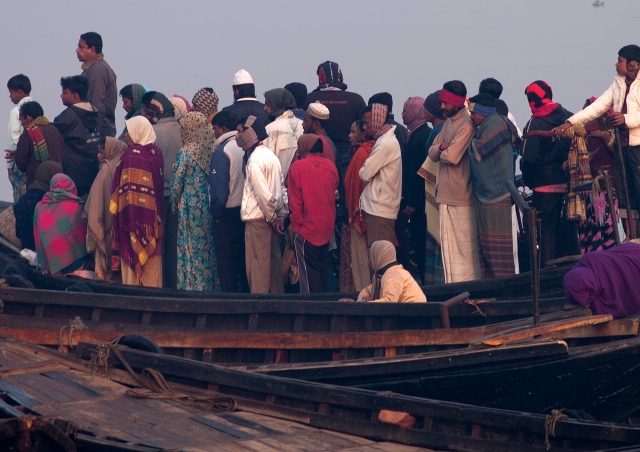 Amit Ranjan looks at why the number of migrants from Bangladesh continues to rise constantly [Credit: iStock]
Amit Ranjan looks at why the number of migrants from Bangladesh continues to rise constantly [Credit: iStock]
Migration and emigration from Bangladesh is a pervasive phenomenon. Historically, large-scale migration from the region constituting the present Bangladesh started after tea plantations were introduced to Assam by the British in the early 19th century. Gradually, the number of migrants from this region increased due to geographic location, climate change and poverty. Over the years, there has been a change in the gender pattern of migration, where the proportion of female migrants has increased significantly. These migrants play a significant role in the Bangladesh economy, as remittances constituted about 8.21% of gross domestic product in 2014. This article examines why, despite the many dangers that the migrants face, including violence in the host countries and exploitation by their ‘masters’, the number of migrants from Bangladesh continues to rise constantly.
In September 2015 the global media carried tragic and powerful images of Syrian refugees crossing the sea to enter into Europe. They were fleeing their country, due to ongoing civil war in Syria. During their voyage many lost their lives. Initially those who managed to survive and reach the shore were not welcomed by Europe, but growing social protests across the continent compelled many European countries to open their borders for the Syrian refugees. The plight of Syrians came into the limelight because of the political situation in their country and the active engagement of global media on the issue. Many other such tragedies, especially those related to ‘illegal’ migrants, pass by without even a mention. One country whose citizens have often been caught up in similar tragedies is Bangladesh. To evade poverty at home, many Bangladeshis try to enter other countries using illegal means. In developed countries most of these migrants are engaged in jobs such as street vendors, souvenir sellers, shop workers, restaurant waiters and domestic maids. Many of them are physically abused and sexually exploited; yet they are not willing to return to their country. Such migrants are important not only for the individual households from which they come but also for the economy of Bangladesh.
In this paper an attempt is made to look into the reasons for migration from Bangladesh, the changing gender patterns and ratios of such migrations, growing risks to the migrants, and the extent of their role in the country’s economy. As migrants, refugees, immigrants and emigrants represent different categories of people these words are not used as synonyms, although there are overlaps, especially in the case of Bangladesh.



